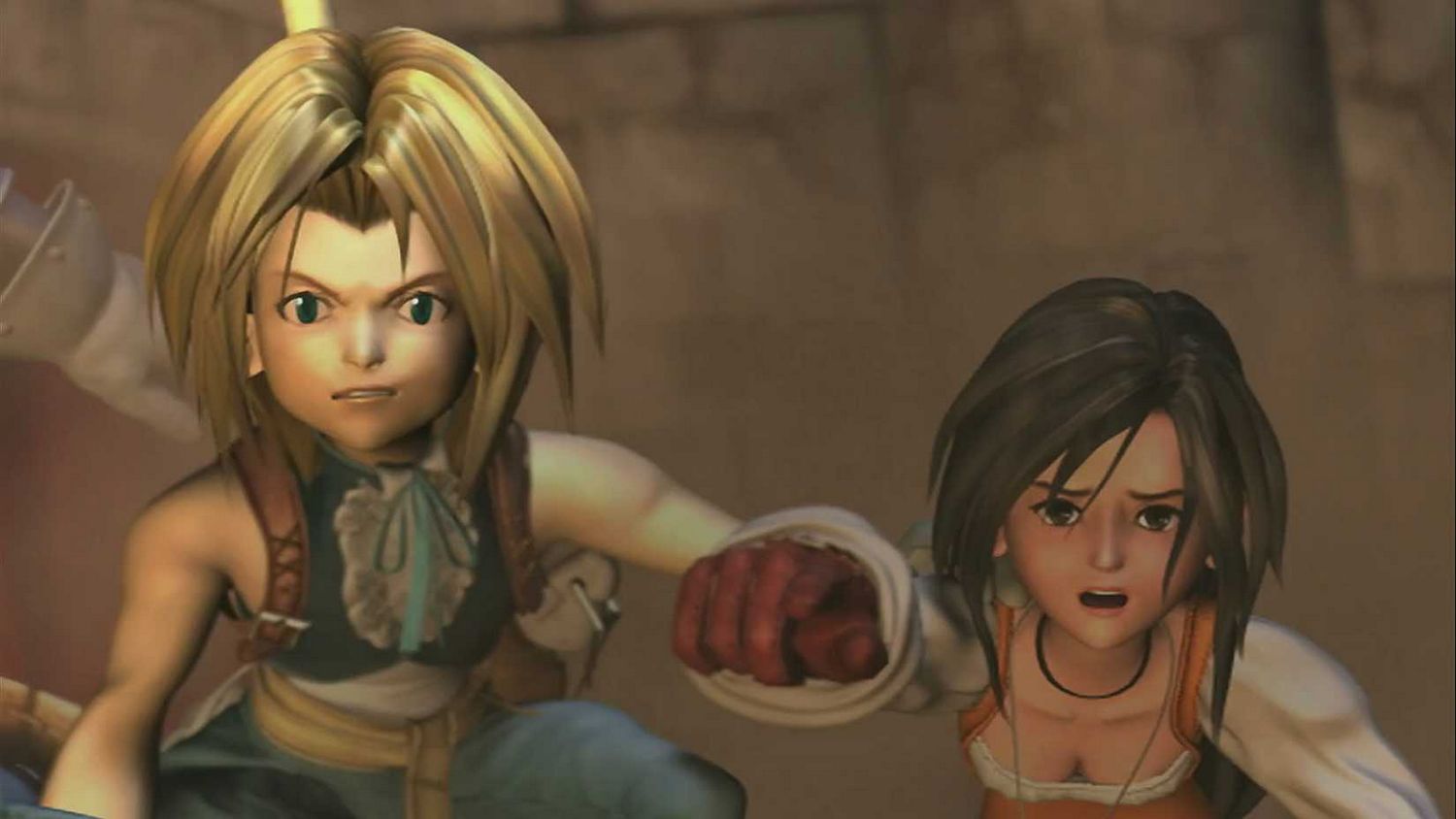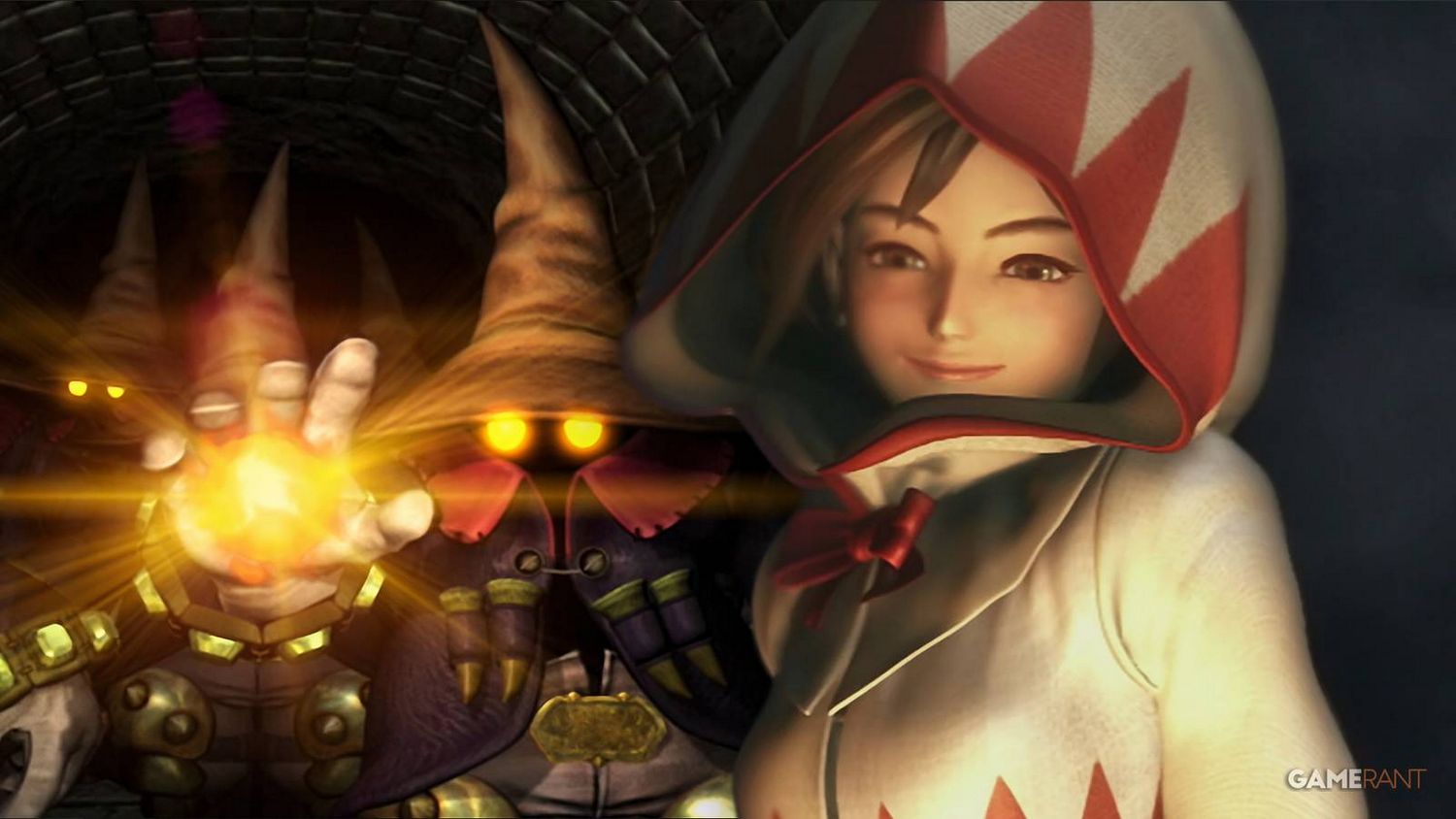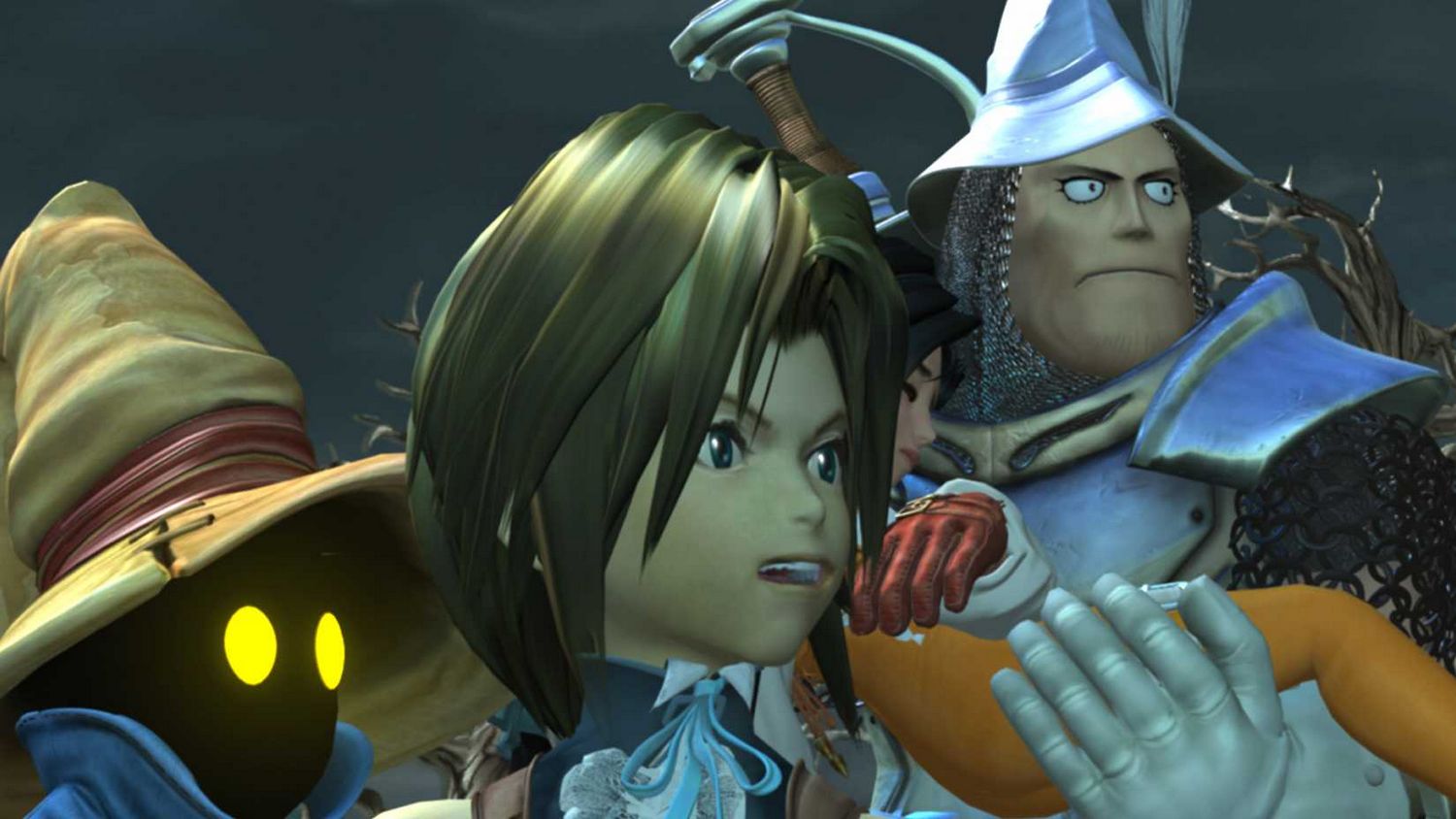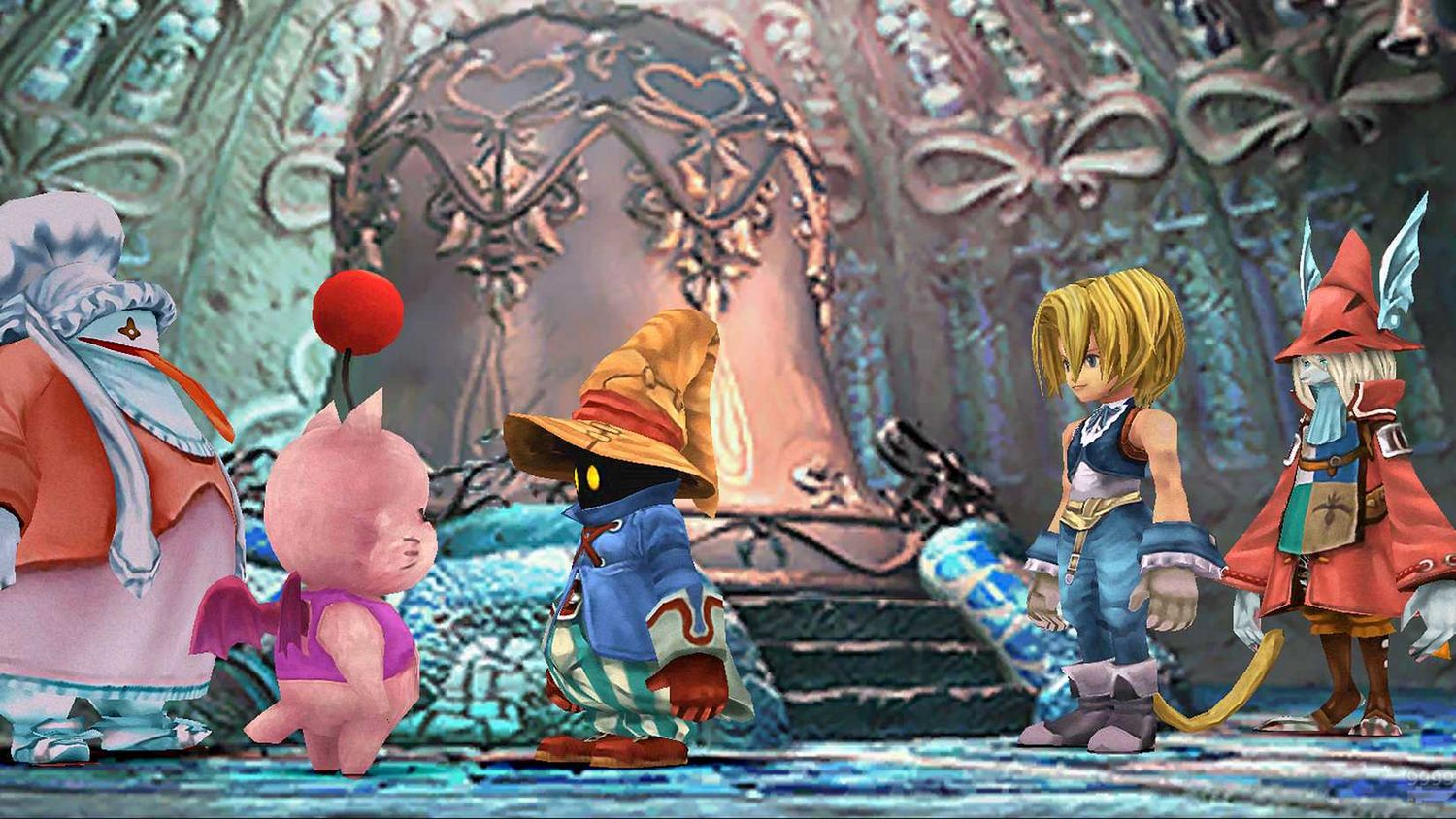Walking the Line: Why a Final Fantasy 9 Remake Needs a More Nuanced Approach to “Trance”
Popular Now
 Grand Theft Auto VI
Grand Theft Auto VI
 Geometry Dash
Geometry Dash
 Auto X Drift Racing 3
Auto X Drift Racing 3
 God of War Ragnarök
God of War Ragnarök
 NBA 2K24
NBA 2K24
 Schedule I
Schedule I
 Minecraft
Minecraft
 Among Us
Among Us
 League of Legends
League of Legends
 Garena Free Fire: Kalahari
Garena Free Fire: Kalahari
 The rumor mill surrounding a potential Final Fantasy 9 remake has been in overdrive for years, and for good reason. The game is a beloved classic, cherished for its return to fantasy roots, its charming cast, and its emotionally resonant story. As fans eagerly await any official news, the discussion has naturally turned to what changes could and should be made. While some features of the original, like the slow-paced Active Time Battle system, are ripe for a modern overhaul, there is one particular mechanic that presents a major gamble for Square Enix: the Trance system.
The rumor mill surrounding a potential Final Fantasy 9 remake has been in overdrive for years, and for good reason. The game is a beloved classic, cherished for its return to fantasy roots, its charming cast, and its emotionally resonant story. As fans eagerly await any official news, the discussion has naturally turned to what changes could and should be made. While some features of the original, like the slow-paced Active Time Battle system, are ripe for a modern overhaul, there is one particular mechanic that presents a major gamble for Square Enix: the Trance system.
Originally, Trance was Final Fantasy 9’s version of a “limit break” or “desperation” attack. As a character took damage, a gauge would fill, and when it was full, they would enter a super-powered state for a short time, gaining access to new, powerful abilities. The problem? The mechanic was entirely automatic and often activated at the worst possible times—at the end of a battle, or when facing a weak enemy, leaving the player with a wasted opportunity. This design choice was a source of frustration for many, making it a prime candidate for a re-imagining. However, simply “fixing” it could risk altering the very essence of the game’s challenge and design. A truly successful remake would not just change this feature, but evolve it into something that honors the original’s intent while making it a more practical and strategic asset.
 The Original Problem: A Flawed Design Choice
The Original Problem: A Flawed Design Choice
The original Trance system, for all its visual flair, was fundamentally at odds with the player’s strategic control. In a game built on a methodical, turn-based combat system, the inability to save a character’s most powerful state for a boss fight felt like a major flaw. Players would often watch in frustration as a character entered Trance just before a battle ended, or worse, against a regular encounter where the power-up was completely unnecessary. It was a classic case of a mechanic that looked cool on paper but failed to deliver a satisfying gameplay loop. The contrast with Final Fantasy 7’s manual Limit Breaks was stark and a point of frequent criticism from both players and reviewers.
This “gambling” aspect of Trance, however, was not entirely without purpose. It forced players to adapt on the fly, and in some cases, it turned a difficult random encounter into a manageable one. The original design was a reflection of a more chaotic and unpredictable vision of battle. Simply allowing players to “stockpile” Trance for bosses would remove this element of unpredictability, potentially trivializing some of the game’s more challenging moments. A modern re-imagining must find a way to honor this original design philosophy without frustrating the player base.
 The Proposed Solution: A High-Stakes Gamble
The Proposed Solution: A High-Stakes Gamble
The ideal solution for a Final Fantasy 9 remake is not to completely abandon the original system, but to introduce a manual trigger that comes with a significant cost. Instead of an automatic activation, the Trance gauge would fill as it did in the original, but once full, the player would be able to activate it manually. The “gamble” would be in when to use it, and perhaps, with a penalty for using it too soon or in a non-critical situation. For example, a new Trance system could work like this:
- The Gauge: The Trance gauge fills as characters take damage and use certain abilities, just as it did in the original.
- Manual Activation: Once the gauge is full, a new command would appear on the battle menu, allowing the player to activate Trance at will.
- The Gamble: The twist lies in what happens after a battle. If the player ends a battle with a full Trance gauge, they lose a significant portion of it, but not all. This would prevent players from simply “banking” Trance for every boss, forcing them to consider whether the power-up is worth the potential loss of future opportunities.
- New Abilities: The Trance abilities themselves could be rebalanced and made more visually spectacular. Characters like Vivi could get more powerful versions of their Black Magic spells, while Zidane’s Trance could unlock new, unique attacks with special effects.
This approach transforms Trance from a frustrating inconvenience into a high-stakes, strategic decision. It retains the core idea of a powerful, but temporary, boost, while giving players the agency they crave in modern RPGs. It would force them to consider not just the current fight, but the battles to come. This is a gamble worth making, as it would update a key part of the game for a modern audience without sacrificing the unique identity of Final Fantasy 9 as a whole.
 Beyond Trance: Why This Is a Critical Decision
Beyond Trance: Why This Is a Critical Decision
The Trance system is more than just a battle mechanic; it is a reflection of the emotional and narrative core of Final Fantasy 9. Each character’s Trance state is an expression of their deepest struggles and desires—Zidane’s “Dyne” reflecting his dual nature, Vivi’s “Double Black” a culmination of his magical potential, and Garnet’s “Summon” a channeling of her royal heritage. A remake that simply discards this mechanic would miss a huge opportunity to enhance these character moments. By making the system more strategic and engaging, the game can make the emotional highs of each Trance even more impactful. It’s a key feature that a remake simply cannot afford to get wrong, and one that could make or break its reception among a fiercely loyal fanbase. The future of the rumored Final Fantasy 9 remake hinges on these key decisions, and a smart, calculated risk on the Trance system could be its greatest triumph.









